Ever since Tesla started deliveries for their premium sedan’s topmost version, there has been a lot of discussion within groups. The main focus of the discussion is the acceleration of this insane electric beast, particularly the 0-60 mph (96.5 kph) timing. No production vehicle had breached the 2-second mark for the 0-60 mph timing till now. However, Tesla launched the Plaid version of the Model S electric sedan with a claimed figure of 1.99 seconds.
Tesla Model S Plaid Can’t Really Do 0-60 MPH Under 2 Sec
Of course, a claimed figure doesn’t make sense until some reviewer takes one prototype and actually tries it out on the track. Only then can one verify the claims that a company makes. And fortunately for all of us, MotorTrend got a chance to review one such Model S Plaid and verify Tesla’s claims. Yes, the Plaid can reach 60 mph (96.5 kph) in under 2 seconds, but only under very specific conditions.
MotorTrend’s Model S Plaid Test
Normally, MotorTrend does all its testing for car reviews from family cars to ultimate hypercars at the Fontana Auto Club Speedway in California. The acceleration tests normally happen on a super-sticky VHT dragstrip, which is a thick, black, grippy resin that allows cars to accelerate quicker than is possible on normal roads. But MotorTrend makes sure to test vehicles backwards on this strip. They feel it simulates conditions closer to real-world asphalt.
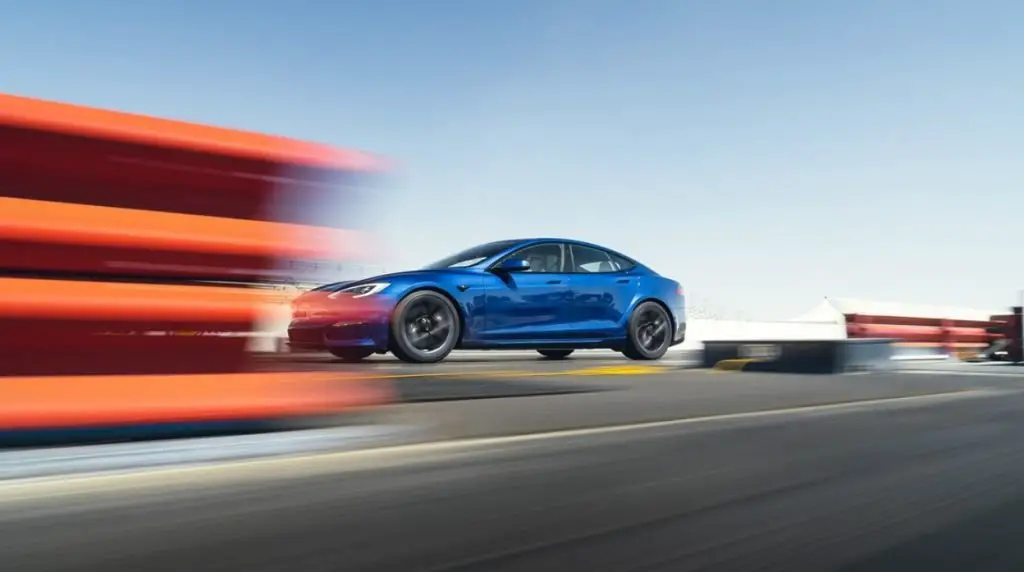
However, Tesla was adamant about its testing conditions. The company told MotorTrend that it could host them at Famoso Raceway near Bakersfield, California. If Motortrend did not agree, the deal was off. Tesla first said they would only allow a run on the VHT-prepped surface in the forward direction. After some negotiations, they agreed to conduct runs in both directions on the VHT-prepped surface as well as on normal asphalt. But they again went back on the word and said they could only allow testing on the VHT surface.
Finally, they came to a deal: MotorTrend would first test the car in Tesla’s conditions at Famoso and go to the Fontana test track the following day.
Tesla Model S Plaid’s Preparation for an Acceleration Run
Irrespective of the surface, you have to go through Model S Plaid’s infotainment system and select Drag Strip mode. The next step is to let 8 to 15 minutes go by as the car preconditions the powertrain for the hard acceleration. Then, you activate the launch control. For this, push hard on the brake and then press the throttle to the floor. Over the next nine seconds, the nose drops into the cheetah stance.
Results on the VHT-Prepped Surface
With Tesla’s chosen track providing maximum grip, the Plaid ran down the quarter-mile in a staggering 9.25 seconds. The 0-60 mph (96.5 kph) timing came out to be 1.98 seconds, faster than Tesla’s claims. What was even more impressive, that consecutive runs hardly provided any variation in timings. Almost all runs were within a fraction of a second. Once the day progressed, hotter atmospheric conditions made it hard to keep the batteries and motors cool enough. But it was the brakes that overheated first, bringing a close to day one of testing.
Results on MotorTrend’s Regular Track
Apart from the quarter-mile run, MotorTrend was able to replicate all the tests from the previous day. This included braking, acceleration, and skidpad testing. The quarter-mile run requires the presence of EMTs and rescue personnel, which requires a two-week notice.
Till now, MotorTrend’s record for 0-60 mph (96.5 kph) was 2.28 seconds with a 2017 Model S P100D Ludicrous+, while for quarter-mile, it was 9.74 seconds with Ferrari LaFerrari in 2015. Motortrend wasn’t able to test the Plaid on the quarter-mile, but their Vbox data provided a reasonable estimate.
The Plaid completed 0-60 in 2.07 seconds, still 0.2 seconds quicker than Motortrend’s record. The quarter-mile estimate from the Vbox data was 9.34 seconds, faster than that record as well.
What’s most interesting is that the difference in timing between the prepped and unprepped surfaces is just 0.09 seconds.

The Real 0-60 Timing
Now, we all know that most vehicles publish their 0-60 timings with the rollout subtracted. There is a laser beam that controls the automatic timer for these tests. When the test vehicle cuts this beam, the timer begins. However, the starting point of the vehicle is around 1 foot (30.48 cm) behind this laser beam. This means that all vehicles get around one foot of free acceleration, post which the timing gets calculated. In other words, the 1.99 seconds is the time from x-60 mph, because when the timer starts ticking, it already has some speed (about 6 mph, according to estimates). It would be 6-60 mph or something like that.
This is something that Jason Fenske from the YouTube channel “Engineering Explained” pointed out in a recent video. He even estimated that if we actually calculate the real 0-60 timing for the Model S Plaid based on the 1.99-second figure, it would be around 2.17 seconds. This is from a purely mathematical point of view.
When MotorTrend tried it out on their track, it was 2.28 seconds – slower than Jason’s estimate. Considering that there is a 0.9-second disparity between prepped and unprepped surfaces, the real 0-60 timing on Tesla’s VHT track would be around 2.2 seconds.
What Jason Miscalculated
One thing that Jason had said during that video is that no car can go from 0-60 mph faster than it brakes from 60-0 mph. This was proven wrong, and he accepted it in his latest video. According to calculations based on MotorTrend’s data, it turns out that in the case of Plaid, the acceleration was 1.199g on average, while braking was at 1.156g on average.
And, the best part, I’ll admit I was wrong in my prediction of no car accelerating faster than it can brake. Turns out, Tesla destroys this theory – how exciting! Watch the video to learn more!
Our Opinion
Just to summarize all this, the Tesla Model S Plaid is definitely the fastest production vehicle, but it breaches the 2-second acceleration mark only under very specific conditions. On a more generalized asphalt surface, it comes very close – 2.07 seconds. However, all these timings are with the first foot of rollout subtracted. When you start the timer from a speed of exactly zero, the timing is a more modest 2.28 seconds.
But this doesn’t take away anything from the beast of a production vehicle that Tesla has created. With all its features and killer performance, this is one of the best electric sedans to reach the market yet.



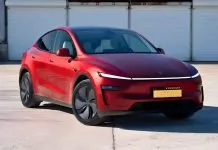
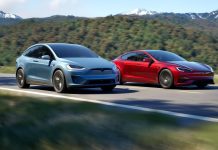
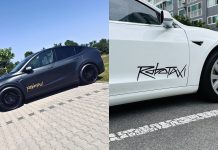








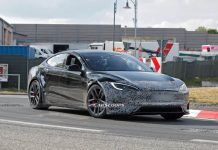
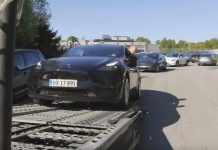
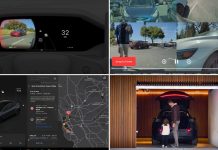
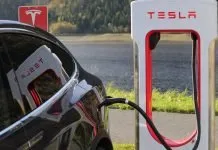

it’s true that, theoretically, a mass can not accelerate faster than it can be stopped. in a vacuum (ie, in outerspace) these times could be equal. but because of air resistance, the absolute best acceleration of a mass can not be faster than the deceleration. however, this does NOT mean that it holds true for every single car that comes off the line which is what this moron was saying!!! what if a car has crappy brakes??? omg, it’s not difficult to create a scenario that blows that theoretical truth out of the water in the real world! if you put the absolute crappiest brakes on a car and put a rocket engine inside of it, well, it’s pretty simple to see that the acceleration will be faster than the deceleration. smh….